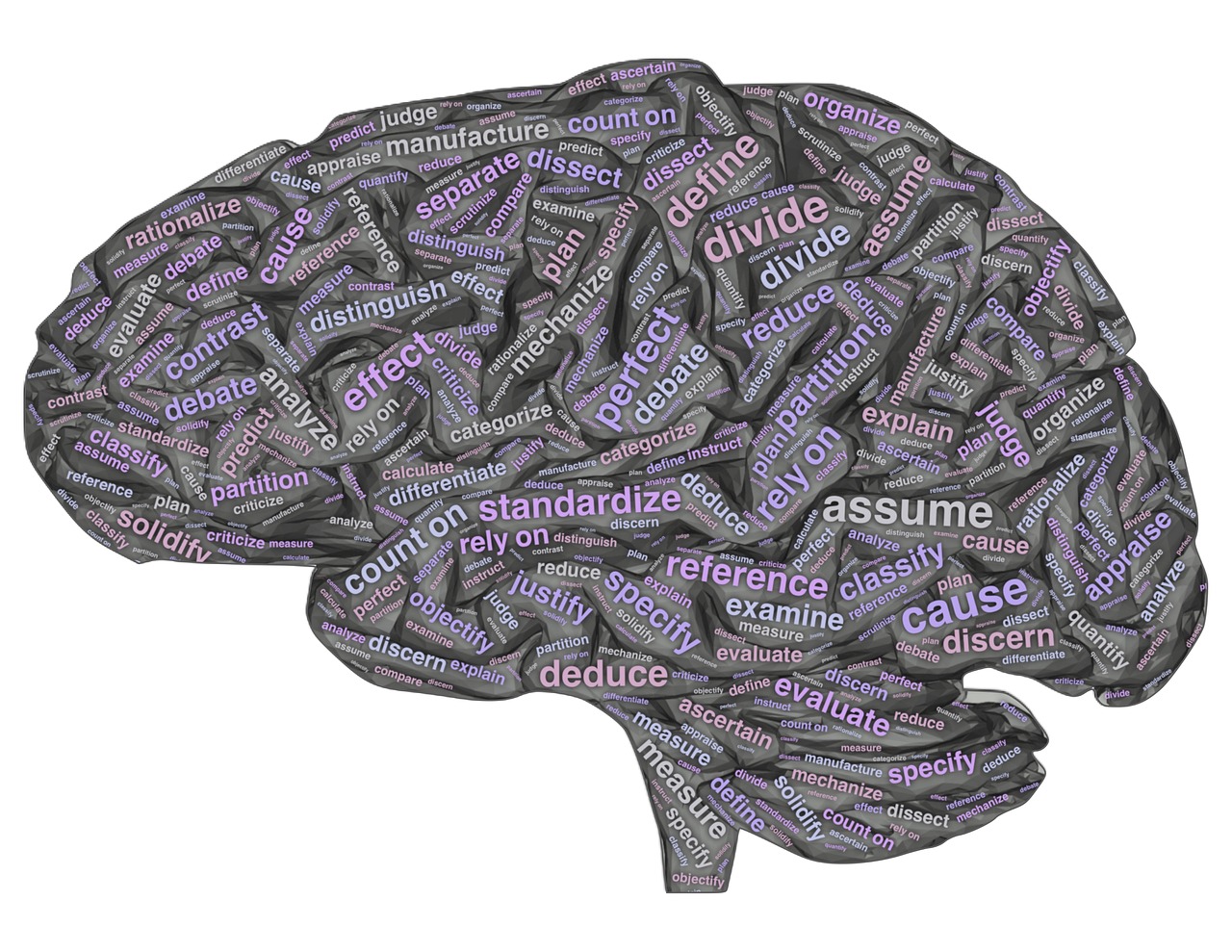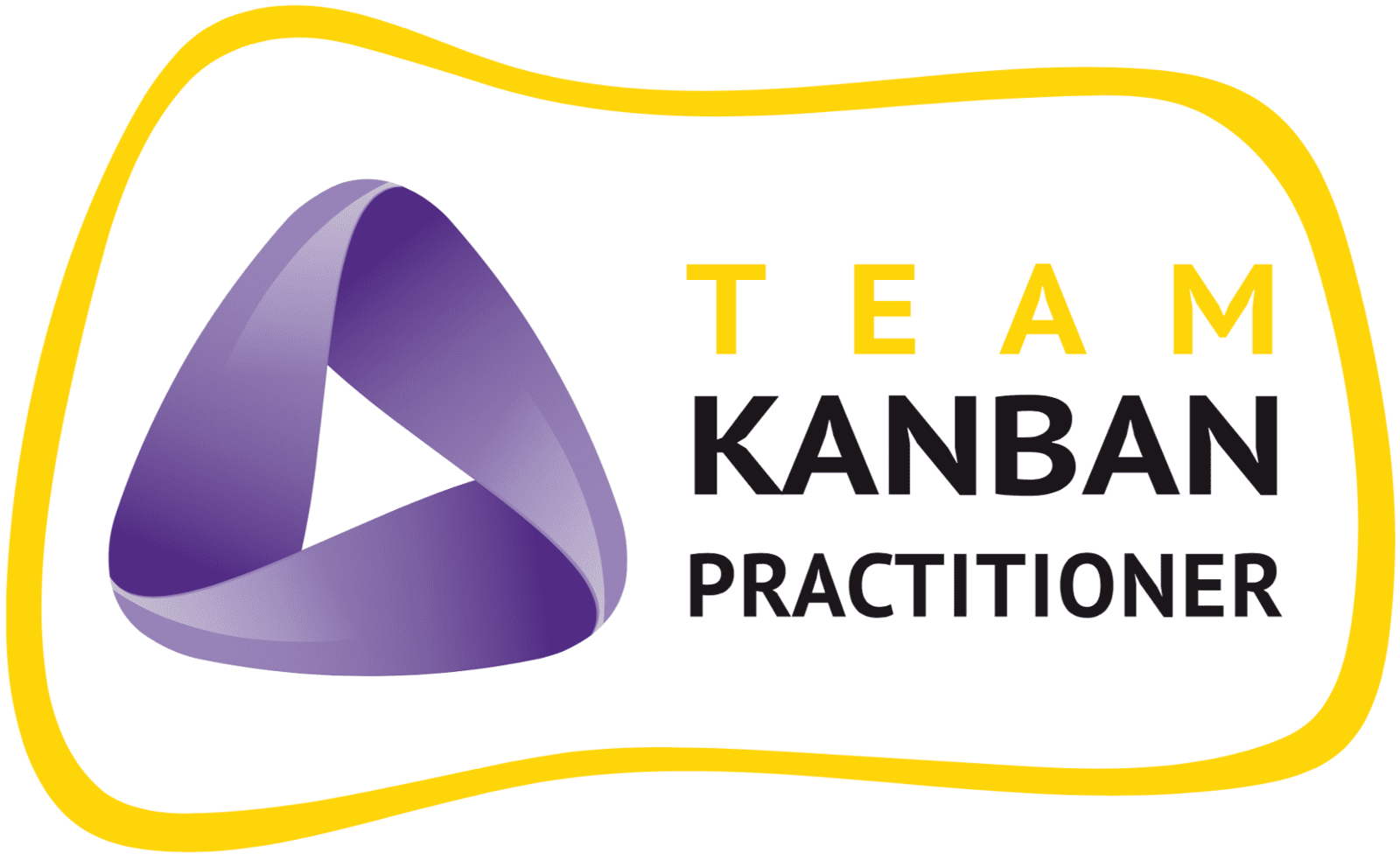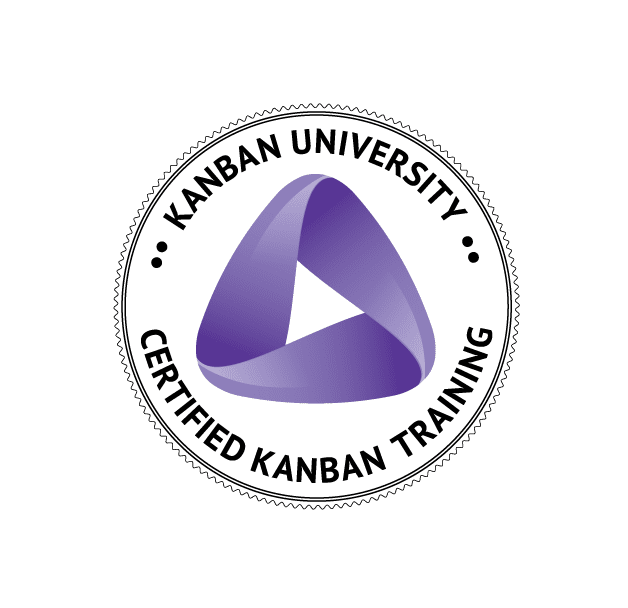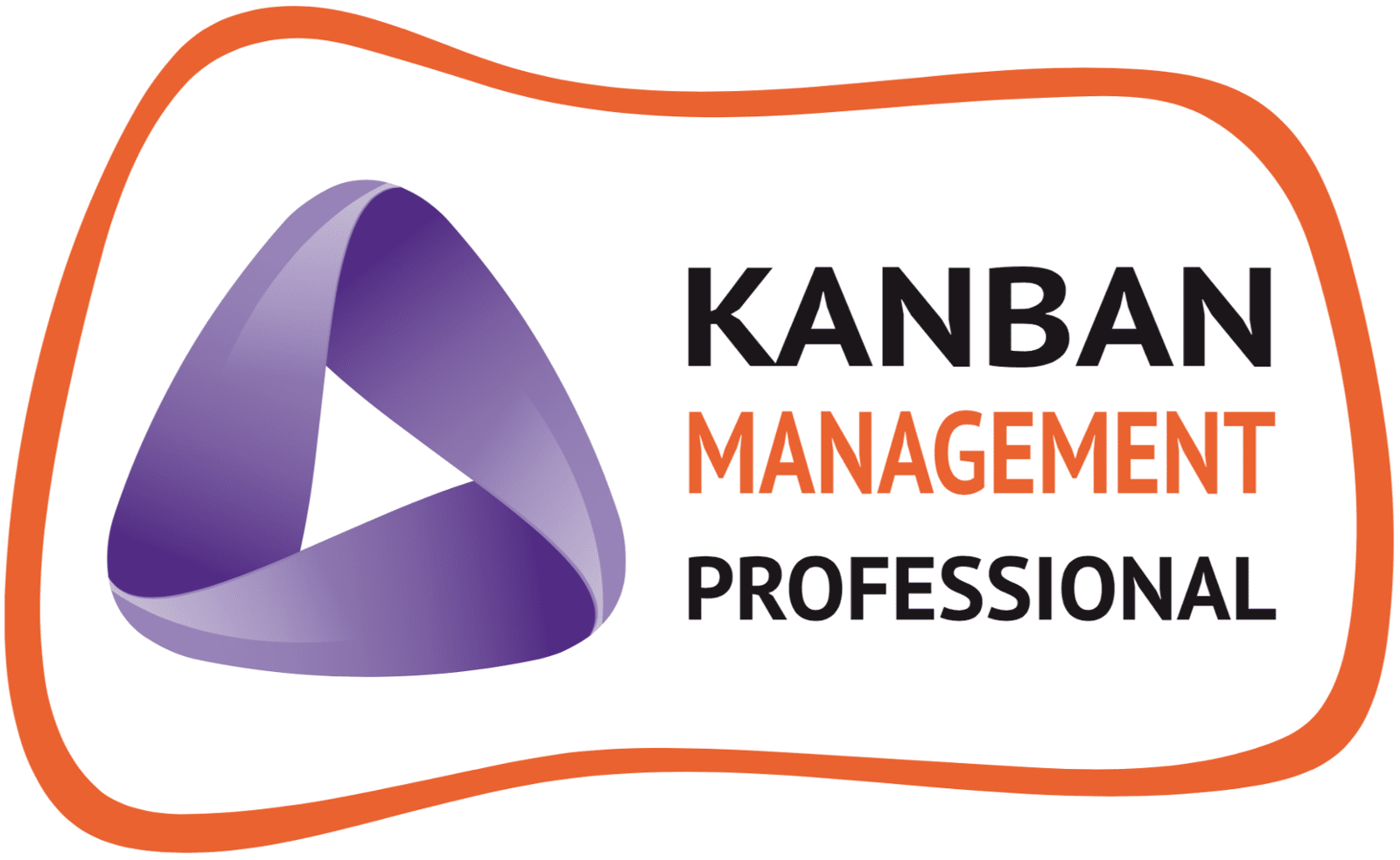….What Is the Kanban Method? ..¿Qué es el método Kanban? ….
….Getting work done on time and in an efficient manner can be challenging. The Kanban Method (referred to as Kanban from here on) offers a way of organising the flow of work with a focus on continuous improvement. It emphasises efficiency and productivity without putting too much strain on team members. ..Hacer el trabajo a tiempo y de manera eficiente puede ser un desafío. El Método Kanban (conocido como Kanban de aquí en adelante) ofrece una forma de organizar el flujo de trabajo con un enfoque en la mejora continua. Enfatiza la eficiencia y la productividad sinejercer demasiada presión sobre los miembros del equipo. ….
….Origins ..Orígenes ….
….Introducing the Kanban Method ..Presentación del método Kanban ….
….Principles ..Principios ….
….Change Management Principles ..Principios de gestión del cambio ….
….Service Delivery Principles ..Principios de Service Delivery ….
….Practices ..Prácticas ….
….Visualise Workflow ..Visualizar el flujo de trabajo ….
….Limit WIP ..Limitar el trabajo en curso ….
….Manage Flow ..Administrar flujo ….
….Make Policies Explicit ..Hacer que las políticas sean explícitas ….
….Use Feedback Loops ..Usar bucles de retroalimentación ….
….Improve Collaboratively ..Mejore en colaboración ….
….Values ..Valores ….
....Transparency ..Transparencia ....
….Improving the stream of business value is made easier when information is shared openly and freely. This also involves using straightforward language. ..Mejorar el flujo de valor empresarial se hace más fácil cuando la información se comparte abierta y libremente. Esto también implica el uso de un lenguaje sencillo. ….
....Balance ..Equilibrio ....
....Collaboration ..Colaboración ....
....Customer Focus ..Enfoque en el cliente ....
....Flow ..Flujo ....
....Leadership ..Liderazgo ....
....Understanding ..Comprensión ....
....Agreement ..Acuerdo ....
....Respect ..Respeto ....
….Roles ..Papeles ….
....Service Request Manager ..Administrador de solicitudes de servicio ....
....Service Delivery Manager ..Gerente de Prestación de Servicios ....
….Key Differences From Other Methods ..Diferencias clave con respecto a otros Methods ….
….Kanban boards ..Tableros Kanban ….
….WIP limits ..Límites de WIP ….
….Continuous improvement ..Mejora continua ….
….When To Use Kanban ..Cuándo usar Kanban ….
- ….You want to introduce humane change into your organisation ..Desea introducir un cambio humano en su organización ….
- ….Your business has non-functioning areas ..Su negocio tiene áreas que no funcionan ….
- ….There is more demand than capability to complete ..Hay más demanda que capacidad para completar ….
- ….The people in the organisation are resistant to big changes ..Las personas en la organización se resisten a los grandes cambios ….
- ….The priorities of your team can shift suddenly or over time ..Las prioridades de su equipo pueden cambiar repentinamente o con el tiempo ….
- ….Your primary goal is to delight your customers ..Su objetivo principal es deleitar a sus clientes ….
….How Kanban Relates to People, Practices, Structures, Cultures and Worldviews ..Cómo Kanban se relaciona con las personas, las prácticas, las estructuras, las culturas y lasvisiones del mundo ….
….At a personal level, Kanban may relate to you because: ..A nivel personal, Kanban puede relacionarse con usted porque: ….
- ….Allows individuals to change at the pace they need ..Permite a las personas cambiar al ritmo que necesitan ….
- ….Does not force a new set of terminology onto team members ..No obliga a un nuevo conjunto de terminología a los miembros del equipo ….
- ….Keeps individuals in control of their work ..Mantiene a las personas en control de su trabajo ….
- ….Aids team members in explaining why the work will take as long as it does ..Ayuda a los miembros del equipo a explicar por qué el trabajo tomará tanto tiempo como lo hace ….
- ….Helps to address the pain points individuals feel on a daily basis rather than focusing only on management pains ..Ayuda a abordar los puntos de dolor que las personas sienten a diario en lugar de centrarse solo en los dolores de manejo. ….
….In your organisation’s culture or collective conscious, Kanban may relate to you because: ..En la cultura de su organización o en la conciencia colectiva, Kanban puedellegar tarde a usted porque: ….
- ….Fosters a culture of continuous improvement ..Fomenta una cultura de mejora continua ….
- ….Facilitates teamwork and feedback loops ..Facilita el trabajo en equipo y los bucles de retroalimentación ….
- ….Emphasises outcomes over output without placing an excessive burden on team members ..Hace hincapié en los resultados sobre los resultados sin imponer una carga excesiva a los miembros del equipo ….
- ….It can evolve as your culture evolves in a symbiotic relationship ..Puede evolucionar a medida que su cultura evoluciona en una relación simbiótica ….
….In the organisation, Kanban encourages the use of: ..Enla organización, Kanban fomenta el uso de: ….
- ….Focused useful meetings ..Reuniones útiles enfocadas ….
- ….Focus on quality ..Enfoque en la calidad ….
- ….Focus on the flow of work whilst enabling innovation ..Centrarse en el flujo de trabajo al tiempo que permite la innovación ….
- ….Visualising all the work being done helps keep track of the progress ..Visualizar todo el trabajo que se está realizando ayuda a realizar un seguimiento del progreso ….
….The organisation would benefit from using Kanban because: ..La organización se beneficiaría del uso de Kanban porque: ….
- ….There is a path to continue evolving rather than a predefined journey, allowing the organisation to retain its difference from other organisations when scaling. ..Hay un camino para continuar evolucionando en lugar de un viaje predefinido, lo que permite a la organización mantener su diferencia de otras organizaciones al escalar. ….
- ….Encourages leadership within all levels of the organisation ..Fomenta el liderazgo dentro de todos los niveles de la organización ….
- ….Does not force any changes in the organisation ..No obliga a ningún cambio en la organización ….
- ….Work is managed according to established policies ..El trabajo se gestiona de acuerdo con las políticas establecidas ….
Get Started Now
Our Training Service
Boost your team with engaging, informative and expert training
....Get yourself and your team started with entry level Kanban and understand the principles and practices. ..Comience usted y su equipo con Kanban de nivel de entrada y comprenda los principios y prácticas. ....
....(1 day) ..(1 día) ....
Team Kanban Practitioner
Team Kanban Practitioner
....Introduce Kanban into your team, creating services and give them a boost ..Introduce Kanban en tu equipo, crea servicios y dales un impulso ....
....(2 days) ..(2 días) ....
Kanban System Design
....Scale Kanban systems across the business and gain an potential uplift of 800% ..Escale los sistemas Kanban en toda la empresa y obtenga un aumento potencial del 800% ....
....(2 days) ..(2 días) ....
Kanban System Improvement
Our next scheduled public training















